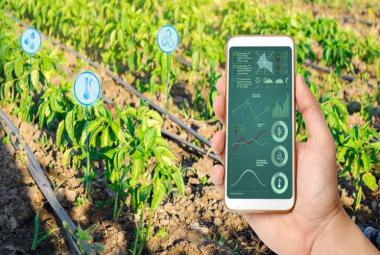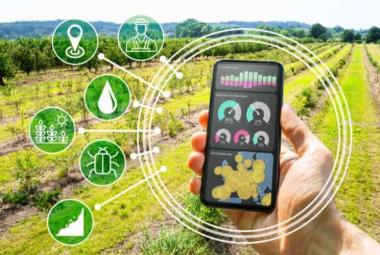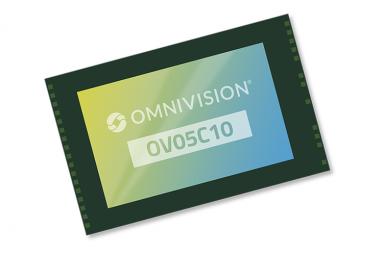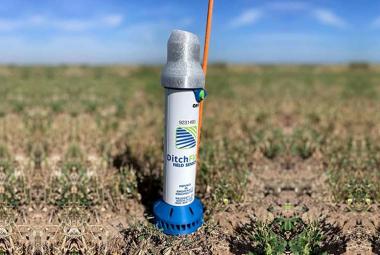Data, collated from these sensors can be distributed throughout various sectors from government officials to healthcare institutions, opening the door of informed decision-making
The COVID-19 pandemic that created havoc throughout the world has taught us why a shift in our approach is required in terms of controlling infectious diseases. In order to solve the challenges of managing containment, a solution has now entered the market by the amalgamation of Artificial Intelligence (AI) coupled with sewage tracing via Internet of Things (IoT) sensors. This amalgamation is changing the ecosystem of pandemic management by not only monitoring the disease, but also controlling the outbreaks.
Dr Sanjib Pal, Founder and President, RAD365 in an exclusive interview with Express Healthcare said that the concept of sewage tracing has gained immense popularity amidst the pandemic as it finds out deep insights about public health and human behavior by examining the wastewater contents. Dubbed, Wastewater-based epidemiology (WBE), acts as the main pillar in monitoring and finding out pandemic outbreaks. Dr Pal also highlighted that the methodology is not traditional and is centered around the fact that sources of viruses such as Sars-CoV-2 is the reason behind the outbreak of Coronavirus, which can be found in the urine and feces of the people infected.
Compared with the conventional tracking procedure, sewage tracing offers a complete holistic view of the total health condition of a community. Dr. Pal told Express Healthcare, “This technique becomes especially crucial for asymptomatic cases that can unknowingly contribute to the virus’s spread. By monitoring sewage samples, researchers can identify potential outbreak clusters, anticipate areas at risk, and proactively implement containment measures.”
In spite of huge benefits, sewage tracing also poses some hurdles. Standardizing sampling techniques, ensuring representative sample collection, and developing accurate methods for quantifying viral particles are extremely crucial for accurate data study, according to the report by Express Healthcare. There are some additional factors like existence of disinfectants in wastewater, weather conditions, and dilution can impact the exact result.
The inventiveness or the creativity behind sewage monitoring are based in the integration of IoT sensors. In the sewage systems, the sensors are perfectly placed and continuously find out the viruses. When these viruses go from the human body, the genetic material can be still discovered in the wastewater. These genetic materials are autonomously captured by the IoT sensors and therefore, helps in displaying early awareness of the major outbreaks.
"The sensor deployment operates on a multi-tiered approach. At the individual level, sensors are installed in households, buildings, and communities. As wastewater passes through these systems, the sensors capture vital data, including biomarkers of COVID-19. This real-time monitoring enables the identification of potential carriers even before clinical symptoms manifest. Notably, the system’s versatility allows it to adapt to different viruses, making it a versatile tool for future outbreaks," Dr Pal further told Express Healthcare.

















